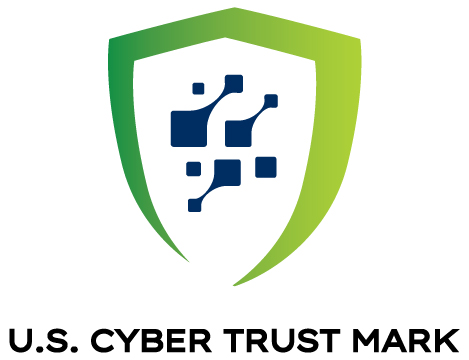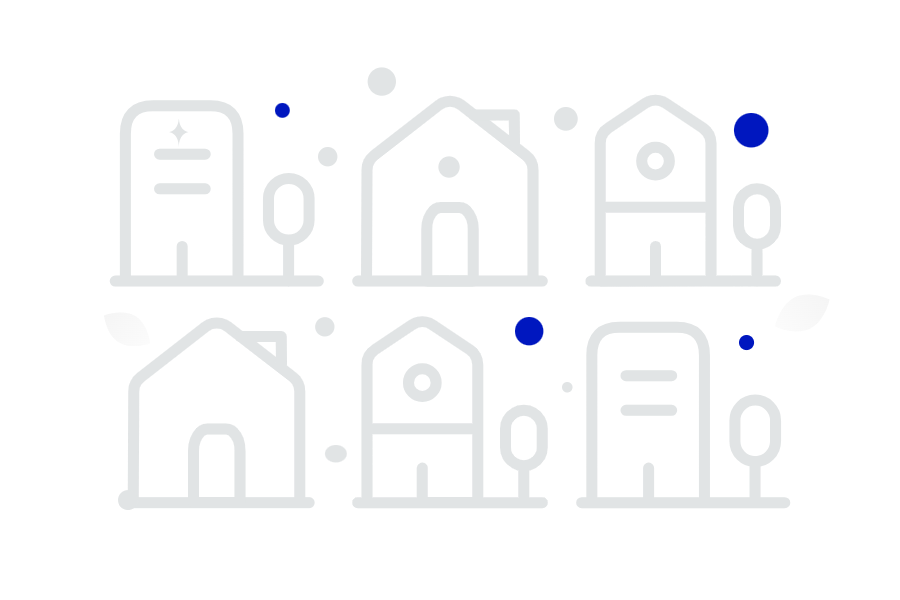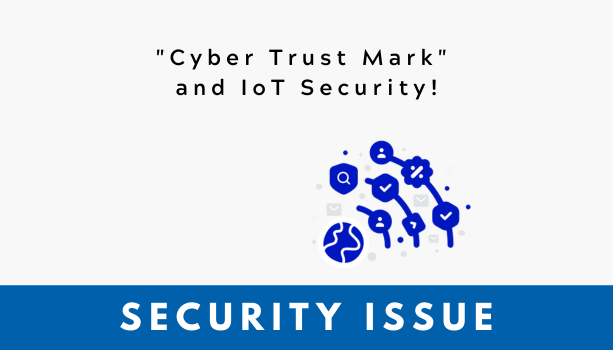[Security Issue] “Cyber Trust Mark” and IoT Security
Enhancing IoT Security: The Role of the Cyber Trust Mark
The Internet of Things(IoT) has transformed modern life by making everyday tasks more convenient. However, this growing connectivity also creates new entry points for cyber attackers. A vulnerable home camera can expose private moments, while a compromised smart door lock can pose serious physical security risks.
In 2020, hackers exploited a vulnerability in a popular smart doorbell brand in the U.S., gaining unauthorized access to in-home cameras. This incident caused widespread privacy violations and left victims feeling unsafe in their own homes. Similarly, in 2021, a smart home system in a South Korean Apartment complex was breached, leading to the leak of residents’ personal information. These examples highlight that IoT security breaches are not isolated events ㅡ they can escalate into large-scale cyber threats. As IoT devices increasingly serve as digital gateways, strong security measures are essential.

Why is the Cyber Trust Mark?
To address rising concerns around IoT vulnerabilities, the U.S. government introduced the Cyber Trust Maskㅡa cybersecurity certification designed to help consumers identify trustworthy smart devices. Developed based on standards from the National Institute of Standards and Technology(NIST), this program evaluates devices on criteria such as:
- The ability to change default passwords
- Availability of regular software and firmware updates
- Protection of user data both on the device and in the cloud
Certified products will display a shield-shaped logo, much like the EnergyStar label for energy efficiency, providing a quick and clear signal of cybersecurity compliance. The White House has announced plans to expand adoption of the Cyber Trust Mark, including a forthcoming executive order requiring federal agencies to purchase only certified IoT products starting in 2027.
While this initiative is a critical step toward securing the IoT ecosystem, it is not a silver bullet. Experts emphasize that cybersecurity requires shared responsibilityㅡconsumers must remain informed and proactive about potential risks, just as manufacturers must commit to secure design and practices.
What Should Consumers Look For in IoT Devices?
When buying smart devices, consumers should evaluate the following security features:
- Regular Security Updates
Choose products from manufacturers that offer consistent firmware updates to address emerging vulnerabilities. - Customizable, Strong Passwords
Avoid devices that rely on default credentials like “admin” or “1234”. Look for those that support and encourage secure, user-defined passwords. - Data Encryption
Devices handling personal or sensitive dataㅡsuch as health metrics or home locationㅡshould use strong encryption to ensure date confidentially and integrity. - Compliance with Security Standards
Verify whether the product complies with recognized industry certifications or security frameworks.
By making security a top priority in purchasing decisions, consumers can help protect their homes, families, and personal information.
What Responsibilities Do Manufacturers Have?
To build consumer trust and prevent security breaches, IoT manufacturers must:
- Adopt a “Secure by Design” approach, integrating security considerations from the earliest stages of product development.
- Ensure timely software and firmware updates in response to new threats.
- Apply robust encryption protocols for all data storage and transmission.
- Adhere to international security standards and communicate their compliance transparently to users.
These practices not only enhance product safety but also strengthen long-term brand credibility and user loyalty.
Toward a Safer, Smarter IoT System
IoT technology continues to reshape how we live, but it must not come at the cost of our privacy and security. Certification programs like the Cyber Trust Mark play an important role in creating a more trustworthy IoT landscape, but collaboration is key.

Governments, manufacturers, and users must work together to foster a secure digital environment. As cyber threats continue to rise globally, countries like South Korea must also prioritize security measures for smart devicesㅡnot only in homes but across public institutions and critical infrastructure. Creating a secure IoT future is a shared responsibility. Start by assessing the security of the devices you already own.
* Want to Learn More?
See how we can help your business.
